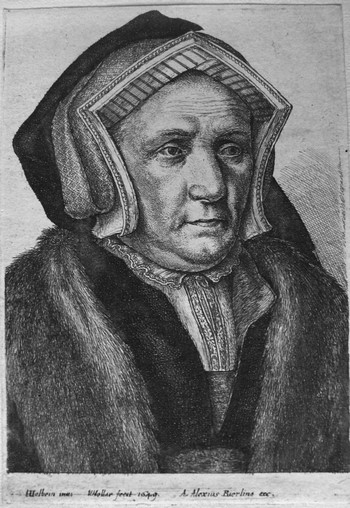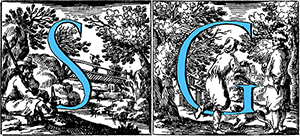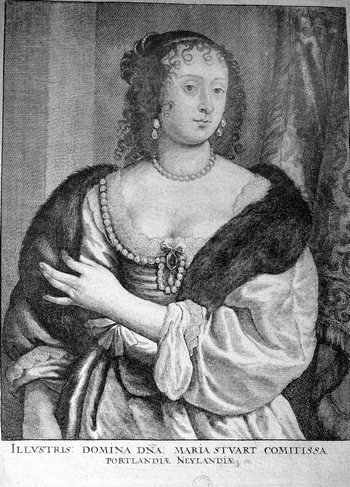
HOLLAR Wenzeslaus
(Prague 1607 – London 1677)
Bohemian draftsman and engraver, son of a senior official of the city of Prague and destined by his father to study jurisprudence, he left Bohemia at the age of twenty when his family fell into ruin following the Thirty Years’ War. In Prague Castle he had the possibility to admire many works of art and underwent the influence of one of the few remaining artists, Aegidius Sadeler. The latter convinced him to travel to Frankfurt at the workshop of the Swiss artist and engraver, strongly influenced by the Callot graphics, Matthaüs Merian, where he remained for several years. Subsequently (1629), he went to Strasbourg where he lived a secluded life because of the war.
From the rest of Europe only fragmentary news on Rembrandt, Rubens, Velasquez and Bernini’s works came.
In 1633, following the Rhine, he came to Cologne where he performed about seventy etchings including the great Prospectus of the city into six parts.
In 1636 he met Thomas Howard, Count of Arundel, who kept him at his service for several years. Howard was well known and highly regarded by European artists. For example, Rubens called him “an art evangelist”.
At Howard’s death, Hollar performed a commemorative print in his honor from a drawing by Cornelis Schut. Subsequently, at the service of the Duke of York he made non-stop single sheets and series of prints becoming one of the most prolific printmakers of all time.
He performed about 2600 etchings depicting landscapes, city views, costume scenes, portraits and numerous reproduction works by Leonardo, Holbein, Titian, Elsheimer and Van Dyck.
In the last few years of his life he remained so in misery that the creditors, expecting his end, took away his furniture and the utensils for engraving. It is told that Hollar entreated for leaving at least his bed.
He was buried in the Saint Margaret cemetery in the Westminster district.
An anonymous hand later added the words “the famous” in the register of the dead of Saint Margaret.
Over time his great mastery have become increasingly evident in the eyes of critics and retrospectively his work has been more appreciated.



